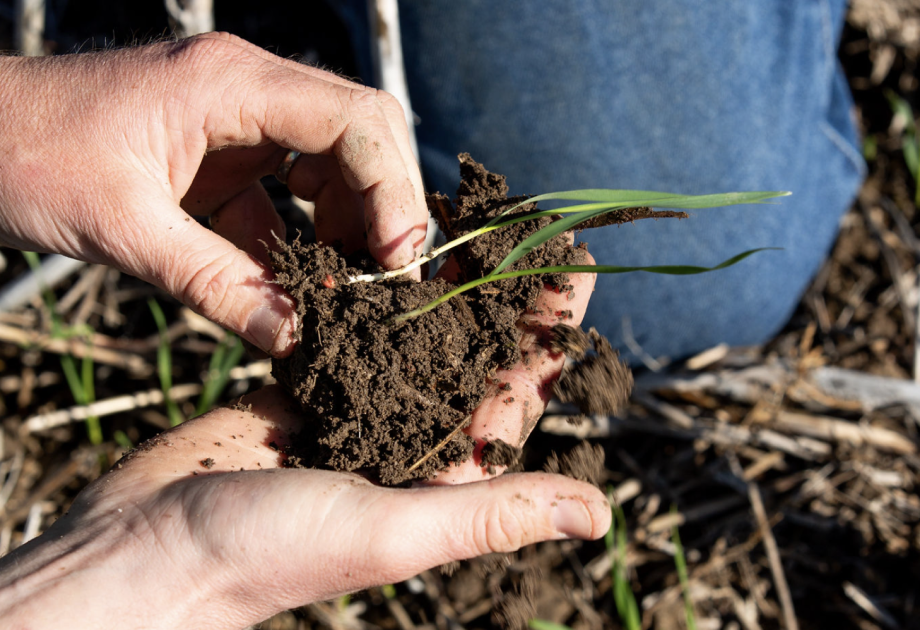Soil Analysis For Your Farm
Soil testing is one of the best ways to understand what's happening below the ground.
Measuring the chemical, physical and biological soil characteristics helps to determine if there are limitations to production and provide your Nutrien agronomist with the data to make an informed recommendation to maximise your paddocks potential.
Our highly-experienced team believe in continuous, hands-on learning as well as leveraging the expertise of plant nutrition specialists when interpreting and analysing your soil test results.
Key soil attributes tested for production include Organic Carbon, pH, Nitrogen, Phosphorus, Potassium, Sulfur, CEC and cations as well as trace elements such as Cu, Zn, B, Mn, Fe.

Sample Depth
The depth required for a sample is dependent on the purpose of the sample. Most crop types have a standard topsoil sampling depth. Typically, this is between 0-10cm, but in some cases can be 0-15cm, or 0-30cm.
Deeper sampling is used for constraint identification, subsoil nutrient supply and mobile nutrients liable to leaching. A sample depth of 60cm to 1m is common. Your Nutrien agronomists can guide you on the appropriate sampling depth and increments for your individual situation.
*Only on available certain soil types - please discuss with agronomist or NSM
Sample Methods
There are a number of different soil sampling methods. The correct method for your situation will depend on what you’re testing for. Your agronomist can help determine the best method.
Identifying soil constraints
Soil constraints limit plant growth and productivity. Sampling depth and method for identification is important depending on the constraint being investigated and local context. Often crop growth and development will provide valuable insights to guide the process and requirements. For example identifying subsurface acidity in the acidic soils commonly found in south-east Australia is generally conducted in 5cm increments to the top of the B horizon (generally to 20cm), while in lighter soils common in the west, subsoil acidity is often much deeper and sampled in 10cm increments.
Deep sampling (60cm +) for constraints such as subsoil sodicity, salinity, boron toxicity or excessive chloride can be very particular to the area, environment and soil type and can be difficult to manage. Discuss soil constraint identification with your agronomist to determine the best solution for your needs.
DISCLAIMER: The information provided in this webpage is intended as a guide only. Although Nutrien Ag Solutions has taken all due care to provide accurate information in this webpage, there can be no guarantee that such information is accurate as of the date it is received or that it will continue to be accurate in the future. No one should rely upon the information contained in this webpage without appropriate professional advice regarding relevant factors specific to your situation such as planting times and environmental conditions. To the maximum extent permitted by law, and except as prohibited under the Competition and Consumer Act 2010 (Cth), Nutrien Ag Solutions will not be liable for any loss or damage suffered by any person arising out of any reliance on any information, recommendation or advice contained in this webpage. Where our liability cannot be excluded, it is limited at our option to supplying the relevant services again, or paying the cost of that supply.